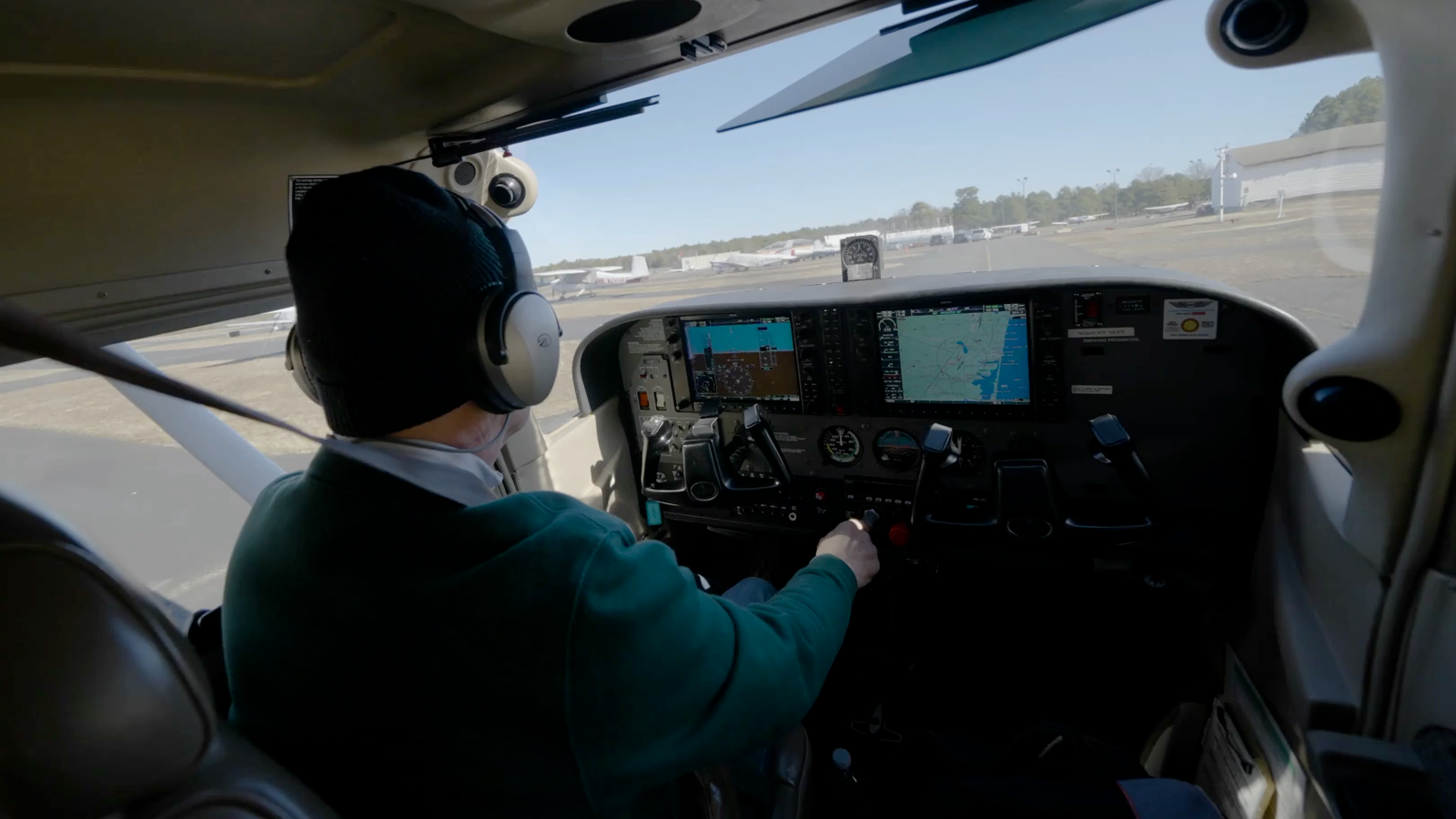Went Flying NYT: Exploring the Thrills and Challenges of Aviation
Aviation has always fascinated people around the world. The thought of soaring through the skies captivates our imagination. In this article, we explore the various aspects of aviation, from its history to modern developments. We will also examine the challenges faced by pilots and the industry.
The History of Aviation
The journey of aviation began with human dreams of flight. The earliest attempts at flying date back centuries. Ancient civilizations created myths about flying machines and gods.
In the late 19th century, serious experiments began. Pioneers like Otto Lilienthal tested gliders. His work laid the groundwork for future aviation advancements.
On December 17, 1903, the Wright brothers achieved the first powered flight. Their aircraft, the Wright Flyer, flew for 12 seconds. This moment marked the birth of modern aviation.
Modern Aviation: A Technological Marvel
Today, aviation is a complex and advanced field. Aircraft have evolved significantly since the Wright brothers’ time. Modern planes are faster, safer, and more efficient.
- Jet Engines: These engines revolutionized air travel. They allow planes to fly at higher speeds and altitudes.
- Avionics: Advanced navigation systems enhance safety and efficiency. Pilots rely on sophisticated instruments for flight management.
- Materials: Lightweight materials improve fuel efficiency. Aircraft manufacturers use composites and aluminum alloys to reduce weight.
The Joy of Flying
For many, went flying nyt is a thrilling experience. The sensation of takeoff and the view from above are unmatched. Here are some reasons why people love to fly:
- Freedom: Flying offers a sense of liberation. You can explore new places and cultures.
- Adventure: Each flight is a new adventure. Travelers can discover breathtaking landscapes from the sky.
- Connection: Aviation connects people across the globe. Families and friends can reunite, no matter the distance.
The Challenges of Aviation
Despite its wonders, aviation faces challenges. Pilots must navigate various obstacles to ensure safety. Here are some common challenges in aviation:
- Weather Conditions: Weather can change rapidly. Pilots must be prepared for turbulence, storms, and visibility issues.
- Technical Failures: Mechanical issues can arise during flights. Regular maintenance and checks are essential to prevent accidents.
- Human Factors: Pilot fatigue and stress can impact decision-making. Training programs focus on managing these factors effectively.
Becoming a Pilot
Many people dream of becoming pilots. The journey to becoming a pilot requires dedication and training. Here are the steps to pursue a career in aviation:
- Education: A high school diploma is essential. Many pilots pursue a degree in aviation or a related field.
- Flight Training: Aspiring pilots must complete flight training. This includes both ground school and flight hours.
- Licensing: Pilots must obtain the necessary licenses. The private pilot license is the first step, followed by advanced certifications.
The Role of Technology in Aviation
Technology plays a crucial role in modern aviation. Innovations improve safety, efficiency, and passenger experience. Here are some key technologies in aviation:
- Flight Simulators: These tools allow pilots to practice skills in a safe environment. Simulators replicate real flight conditions.
- Autopilot Systems: Autopilot assists pilots during long flights. It helps maintain altitude and heading, reducing fatigue.
- Air Traffic Control (ATC): ATC systems ensure safe and efficient air travel. They manage aircraft movements in the sky and on the ground.
Environmental Impact of Aviation
Aviation has a significant environmental impact. The industry contributes to greenhouse gas emissions. However, efforts are underway to reduce this footprint:
- Fuel Efficiency: Airlines are investing in more fuel-efficient aircraft. New designs reduce fuel consumption and emissions.
- Sustainable Aviation Fuels (SAF): SAF offers a cleaner alternative to traditional jet fuel. Research focuses on developing sustainable sources.
- Carbon Offsetting: Many airlines offer carbon offset programs. Passengers can contribute to environmental projects to balance their emissions.
The Future of Aviation
The future of aviation looks promising. Innovations continue to reshape the industry. Here are some trends to watch:
- Electric Aircraft: Electric planes are being developed for short-haul flights. They promise lower emissions and reduced noise pollution.
- Urban Air Mobility: Concepts like flying taxis are gaining traction. These vehicles could revolutionize urban transportation.
- Advanced Air Traffic Management: New technologies will improve air traffic management. This will enhance safety and efficiency in crowded airspaces.
Conclusion
Went flying nyt is a fascinating field filled with excitement and challenges. From its rich history to modern advancements, the industry continues to evolve. Understanding the joys and challenges of flying enriches our appreciation for aviation.

